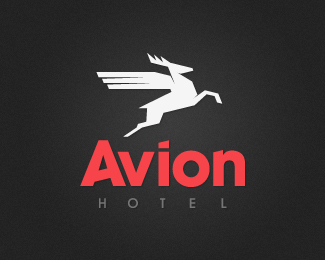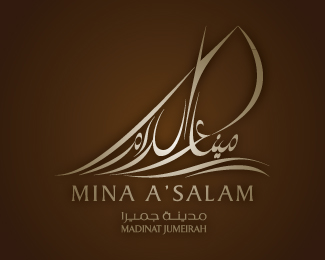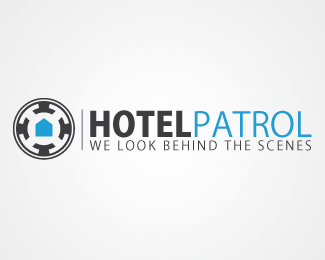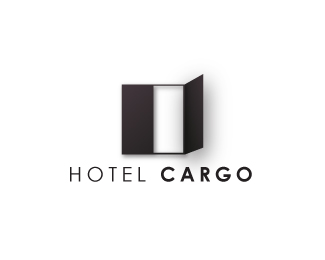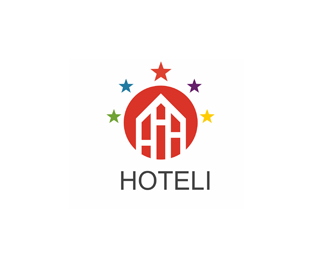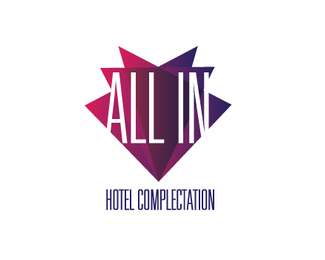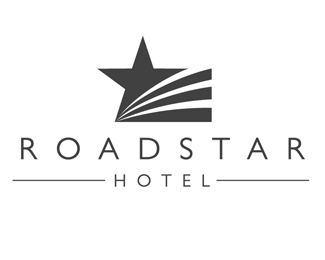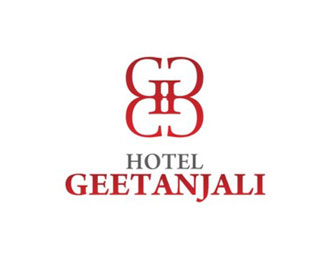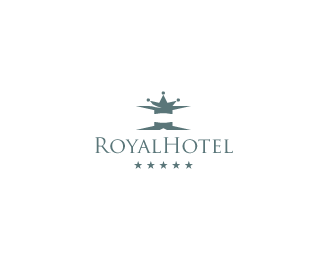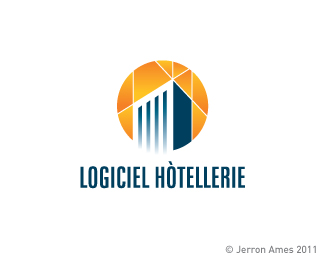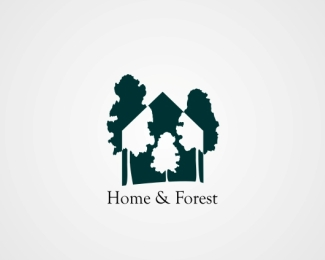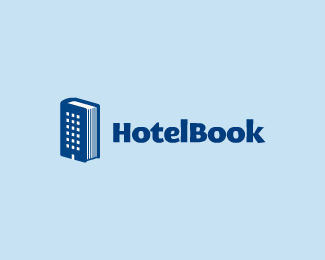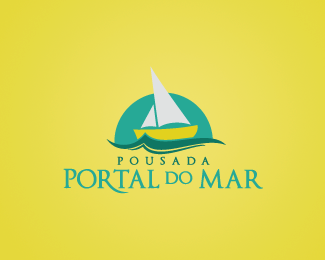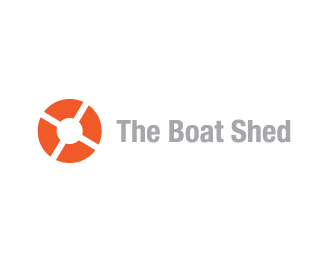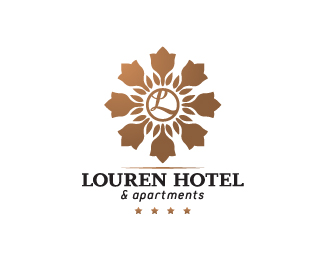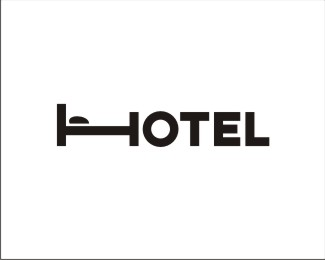Friday
25 Best Creative Collection Of Hotel Logo Designs
For Restaurants and Hotels logo design is too important which makes the consumers love them. Because a logo performs a big aspect in the growth of the company the hotel have to find a well designed logo to impress consumers. Here are Creative Collection Of Hotel Logo Design that you might find inspiring. We hope you will enjoy this wonderful Showcase.
Avion Hotel
MINA A’ SALAM
Hotel Patrol
Ukrainian Hotel Management
Hotel Cargo
Hotels 5 stars
Exotica Hotel
Hotel Complectation
Roadstar Hotel
Enjoy Hotel Management
hotel geetanjali
Nigerian hotels directory
RoyalHotel
Hotel
home forest
HotelBook
Pousada Portal do Mar
The Boat Shed
Iphotel
Louren Hotel
hotel
Hotel Llundudno
| About The Author | ||||
|
Thursday
13 10 Common Typography Mistakes You Should Know
The goal of this post is to help designers and clients understand the importance of good type skills, while avoiding some of the common mistakes. Please keep in mind that most of these mistakes are subjective and can be changed varying on the project, goals or circumstances.
Below is a list of 10 common mistakes used in type design/layout that can make a large impact in the effectiveness and appearance of your designs, in addition to saving you time and money when dealing with printers.
1. Not enough leading
Leading/linespacing can improve the overall readability of large blocks of text on a page, making it easier on readers to follow lines of text without losing their place. Too little can cause a cramped feeling. It’s important to remember that different fonts need different linespacing. Varying heights in letterforms may demand more or less.
2. Not enough tracking
Tracking/letterspacing is applied to a group of letters. It prevents letters from running into each other, especially during print. It’s similar to leading in which it can improve or hinder readability, flow of text and the density/weight of a block of text.
3. Getting tracking confused with kerning
While tracking is applied to a group of characters, kerning is the adjustment of space between two letter pairs. Effective for use with headlines, text with ALL CAPS and logo treatments (it helps with readability at various sizes). Don’t fall into the trap of letting your design software set this by default; it’s character specific. Same applies to the above, #1 & 2.
4. Lengthy lines of text
Reading many long lines of type causes eye fatigue. Readers are forced to moves their heads and eyes more often from one line to the next. Various sources I’ve researched state to keep lines of text under 50 – 60 characters long.
5. Mixing too many typefaces and weights
Too many typefaces on one page can become distracting and disconnecting (lacking unity). Try keeping your fonts choices to three or less per project. Too many weights can cause a reader to be unclear where important elements are on a page. This creates the possibility of the reader missing something important.
6. Not using serifs for lengthy-text material
Serifs are known to make reading lengthy material, such as books and magazines, more sustainable for longer periods of time. It also helps with eye strain/fatigue, and we all know that we need our eyes! Although this can be argued, serifs seem to sit better on the baseline.
7. Printing similar values of color on top of each other
For example, try printing a medium blue text on top of a medium brown box. Not only is it unappealing, but it makes it hard on the eyes. Also creates a muddy effect.
8. Reversed out text on less than 50% tints
Much like the above, this also increases eye strain and hinders readability. The words get lost in the background and typically prints less visible than seen on screen. This will save you time, money and Asprin for your printing headaches.
9. Overusing centered text
Using centered text creates a jagged and broken appearance to text — very disconnecting! Can be viewed as amateurish in most instances. Save it for those wedding invitations.
10. Large body copy
Normally, designers and non-designers (and yes, I did it too!) will immediately use a 12 point font for body copy. Smaller (even slightly smaller) fonts sizes creates a more professional, modern look. Large body copy can be clunky — think about the font size of a children’s book. Clunky right?… unless it’s the look your going for.
It’s also important to note that viewing text on a computer monitor is much different than printing it. In most instances, type on a screen appears smaller and less crisp. Also, most printers will advise you not to use font sizes under 7 points. May result in readability issues.
11. Not knowing what the Grid System is
Being a typography enthusiast, understanding the grid has become one of the best things I’ve learned in design to date. It’s the basis for creating clarity and making your type and layouts more cohesive. Check out the new site, The Grid System, for links and resources pertaining to grid systems.
| About The Author | ||||
|
Wednesday
1 Best Useful Design Resources You Will Ever Need
I’ve searched my bookmarks and gathered your top tips, culminating in this selection of sites, books, articles and designers.
Type foundries
- Hoefler & Frere-Jones, H&FJ works with brand leaders in every sector, developing original typefaces and licensing fonts from its library of nearly 1,000 designs
- Porchez Typofonderie, an independent digital type foundry in France, designing, manufacturing and selling high quality typefaces
- OurType, founded in 2002, OurType is managed by three partners: Fred Smeijers, Corina Cotorobai and Rudy Geeraerts
- Village, the union of eleven young type foundries who have decided to go it alone, together
- P22, creates computer typefaces inspired by art, history, and sometimes science
- FontShop, around for 16 years, since the dawn of digital type
- Process Type Foundry, from a studio in Golden Valley, Minnesota
- Colophon, set-up by Brighton-based studio Entente
- Type foundries worth a look, a slightly larger resource, with commentator recommendations, too
Books
- Logo Design Love: A Guide to Creating Iconic Brand Identities — get a free chapter from my book
- Designing Brand Identity: An Essential Guide for the Whole Branding Team by Alina Wheeler
- Symbol by Angus Hyland and Steven Bateman
- Logo by Michael Evamy
- Decoding Design by Maggie Macnab
- Marks of Excellence by Per Mollerup
- LogoLounge 4 // LogoLounge 3 // LogoLounge 2 // LogoLounge
- Tres Logos // Dos Logos // Los Logos
Catch a few more recommended reads here: A few good books.
Logo history
- History of popular logo designs, categorized in alphabetical order with a search feature, too
- The Evolution of Tech Company Logos, how famous logos came to be, from Neatorama
- The Evolution of Car Logos, more historical insights over on Neatorama
- Branding Firefox, a short insight into the history of the Firefox browser
Trends
“Logo trends” is a bit of an oxymoron. Granted, a logo should live and grow with a brand, but it shouldn’t adhere to the latest, greatest fads. Because of which I don’t much like these trend features, but I know they prove popular, so here you are.
- 2010 trends // 2009 // 2008 // 2007 // 2006 // 2005 // 2004 // 2003
Bill Gardner of LogoLounge takes us through trends from the last decade according to the logos that have been uploaded to his website — and that’s a lot of logos. - Logo trends in 2009 // and in 2008
From LogoOrange.com.
Articles
- 100 unused logos and what they reveal about my design inclinations
An excellent insight behind the designer by Armin of Speak Up. - 6 reasons why a logo should cost more than your lunch
Tara of Graphic Design Blog writes a short but sweet article. - Logo Notions
Jeff Fisher’s insightful collection of logo design articles on Creative Latitude. - Logos with a meaning
An extra insight into a selection of logos, by Ivan of CreativeBits. - How many speech bubble logos have you seen lately?
A fraction of what’s going down out there in Web Bubble Logo Land. - The LogoWorks saga
A huge collection of articles about the multi-million dollar business, LogoWorks. - Is your logo design phallic?
A little logo humour to lighten the mood.
Design agencies
- Lippincott
- Pentagram
- Johnson Banks
- The Brand Union
- Tayburn
- The Partners
- ico design
- MetaDesign
- FutureBrand
- Chermayeff & Geismar
Independent identity designers
- David Airey
Yours truly. Shameless. - Miles Newlyn
- Andrew Sabatier
- Jerry Kuyper
- Nancy Wu
- Denis Radenkovic, of 38one
- Roy Smith
Awards
- Wolda // 2008 winners showcase
This is what used to be called Eulda (below), but has since expanded into the World Logo Design Awards (Wolda) - Eulda 2007 winners // 2006 winners
The winning entries from the European Logo Design Awards (Eulda) from 2007 and 2006. - Identity: Best of 2007 winners // 2006 winners
The results of an international logo design competition, judged by a very experienced panel. - Logo Design Love Awards
View the winners from the inaugural Logo Design Love Awards, featuring the best blog logos around.
Blogs
- Identity Designed, case studies from around the world
- Brand New, chat focusing on corporate and brand identity work
- Identity design category on davidairey.com, more chat from me
- logolog, from 38one
- Speak Up on Identity, the branding and identity category on Speak Up
- Logobird, a blog from down-under by Duane Kinsey
Illustrator tutorials
- N.DESIGN STUDIO
- Smashing Magazine
- Revitalise your logo with a Crescent Swish
“Can I get a swoosh with that?” a little humour from Logo Hell
Showcases
- FIFA World Cup logos from 1950 to 2010
- 50 Olympic logos from 1924 to 2016
- Top 10 Rock Band Logos
- The Logo Design Love category for “designs”
- 10 examples of simple effective logos
Style guides and manuals
- Identityworks: Tools – Guidelines and Standards Manuals
- Channel 4 identity style guides
- Corporate Identity Documentation
- Boston University Brand Identity Standards
- NHS Brand Guidelines
- Designing Style Guidelines For Brands And Websites
- Christopher Doyle Brand Guidelines, write-up on Johnson Banks
Further resources
- Iconic logo designers — a rundown of the worlds most iconic designers
- Corporate identity catalogue — showing typefaces and Pantone references for some of the worlds main identites
- Forums for design feedback — upload work for what’s hopefully constructive criticism
- LogoLounge, paid registration for inclusion in the book series
- Designguide’s logo gallery — English translation of a German site about design and logos
- LogoPond, similar to LogoLounge, except free
- The big page of branding and corporate identity resources — covers manuals, guides, trademarking, laws, and more, from LogoOrange.com
- Sites for vector logo downloads — for when you need a well-known EPS file in a hurry
Hopefully that’ll keep you occupied for a while. If you know of any more design resources, do let me know.
| About The Author | ||||
|

